A Conversation on Why Making Life Better in Space Makes Life Better on Earth
Image credits: Nicolas Lobos via Unsplash.
Finding your tribe is a sublime experience! At the Humans to Mars Summit from Explore Mars, I spent three days surrounded by people who share my excitement and my vision about getting humans to Mars by 2033.
I was invited to moderate a panel about innovation, sustainability, and Mars, with four leading experts with backgrounds ranging from 3D-printed construction (Melodie Yashar, of ICON) to medical robotics (Axel Krieger, of Johns Hopkins University) to NASA (Raymond “Corky” Clinton, of the Marshall Space Flight Center) to venture capital (Sidney Nakahodo, of Seldor Capital).
I kicked us off with a deceptively simple question: what does “sustainability” mean to you? After a bit of discussion, we landed on phrases like “intentionality”, “suitable for the long haul”, and “not just survive, but thrive.” Several panelists spoke passionately about how their work contributes to solving UN Sustainable Development Goals as well as positioning humans to thrive on Mars. And we all agreed that industry and government should find ways to reduce friction in translating innovations from Earth to Space—and vice versa.
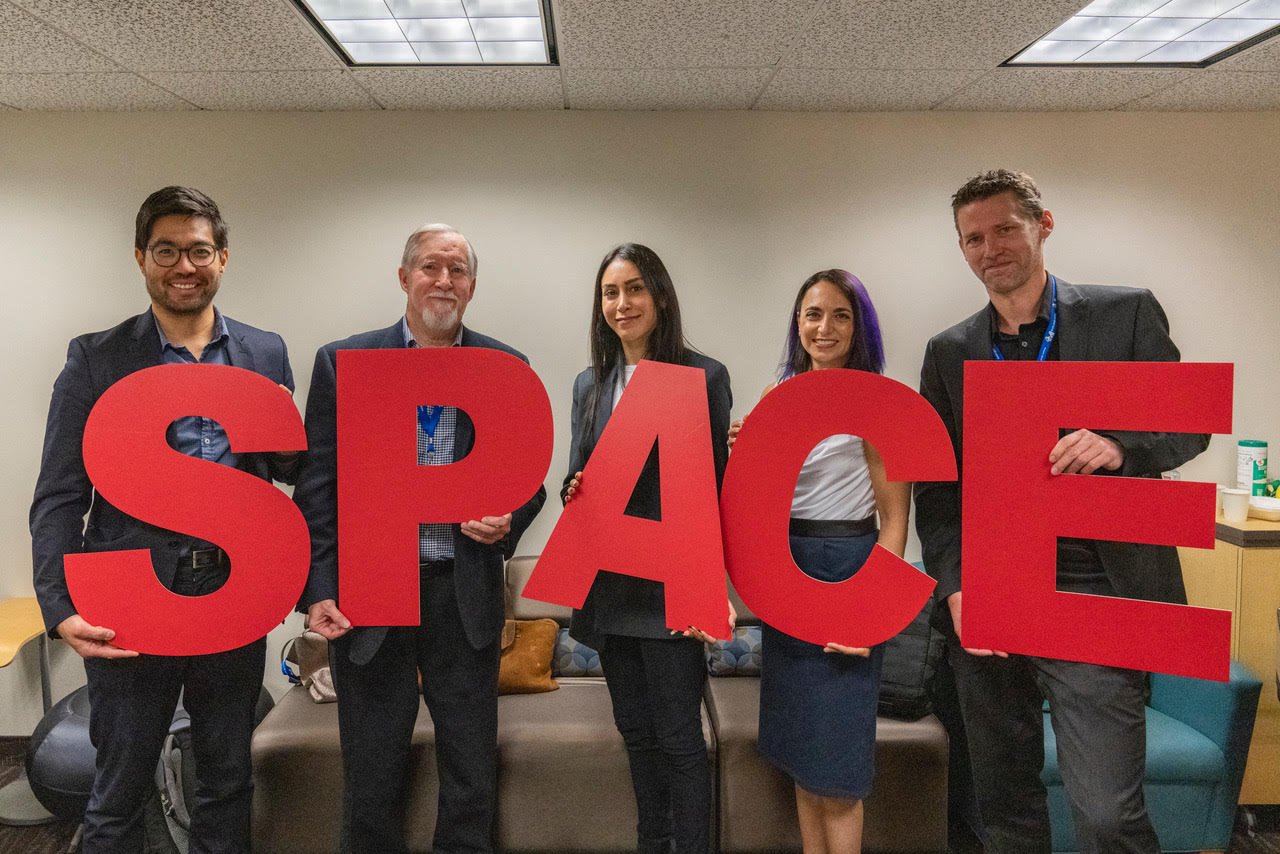


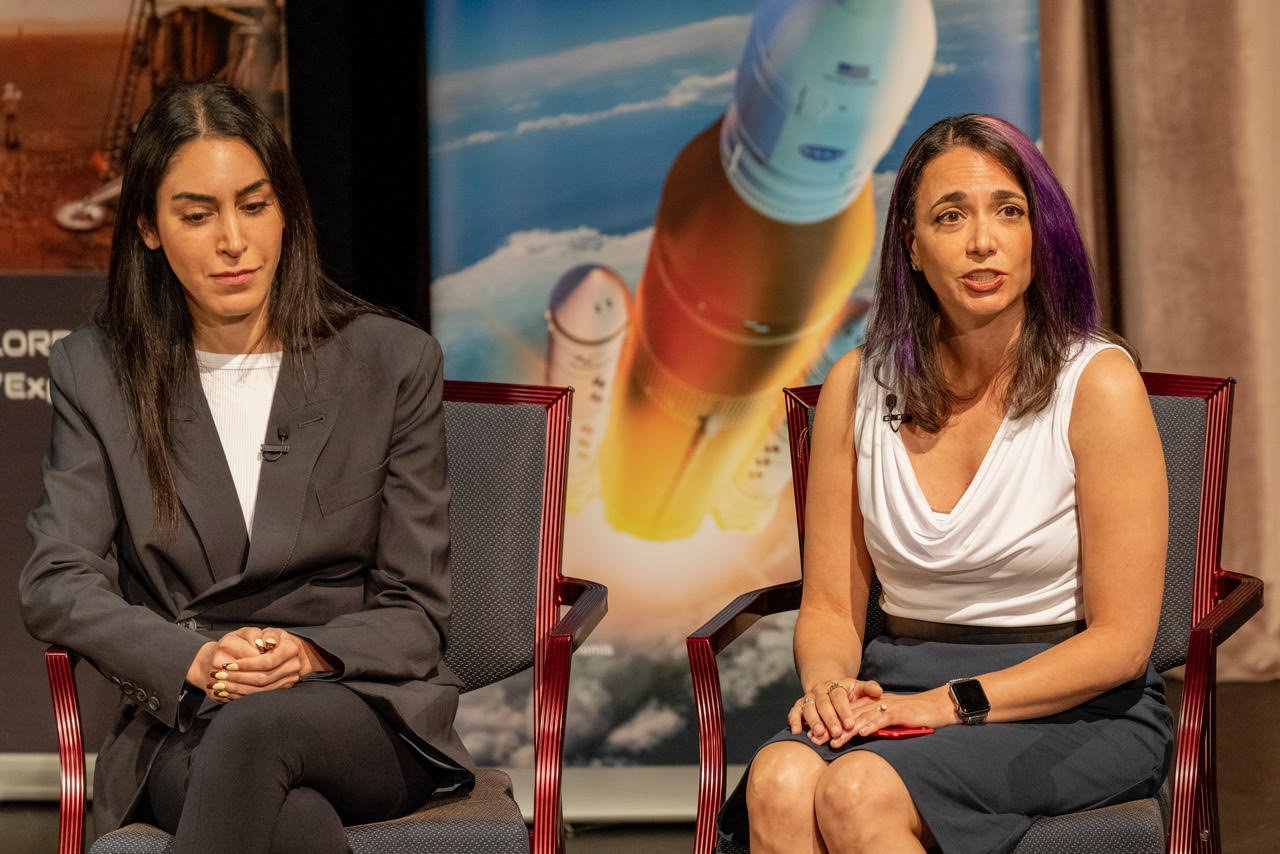
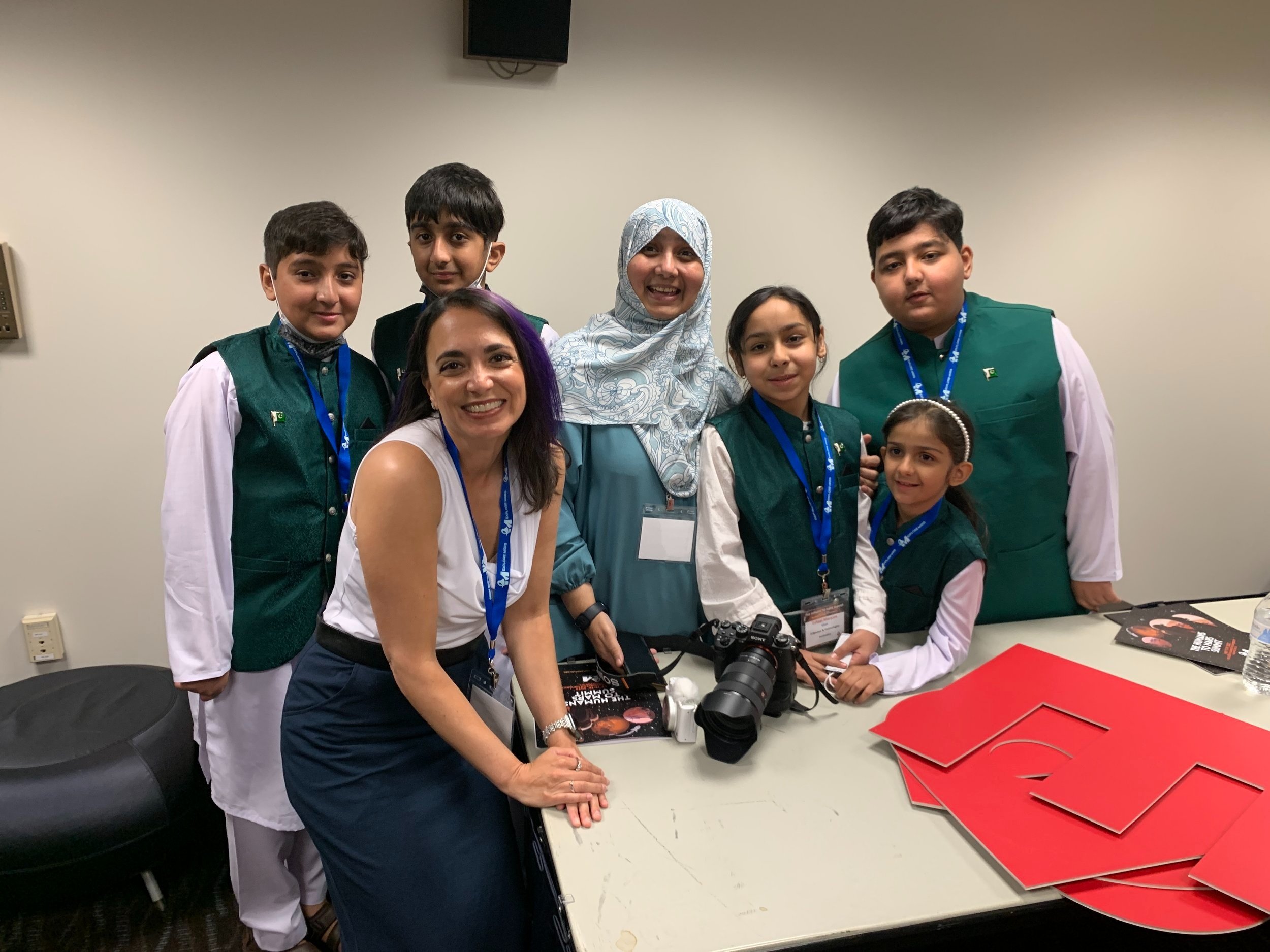
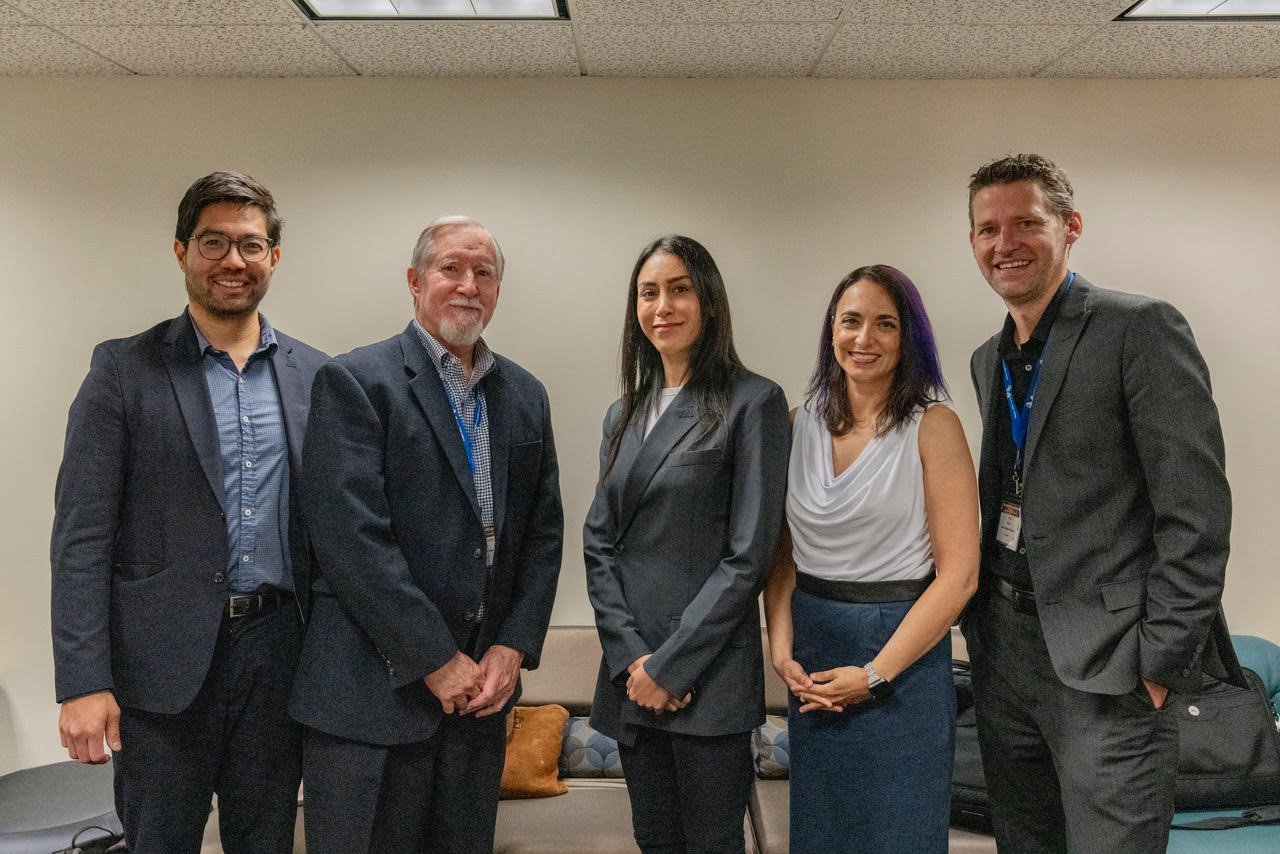
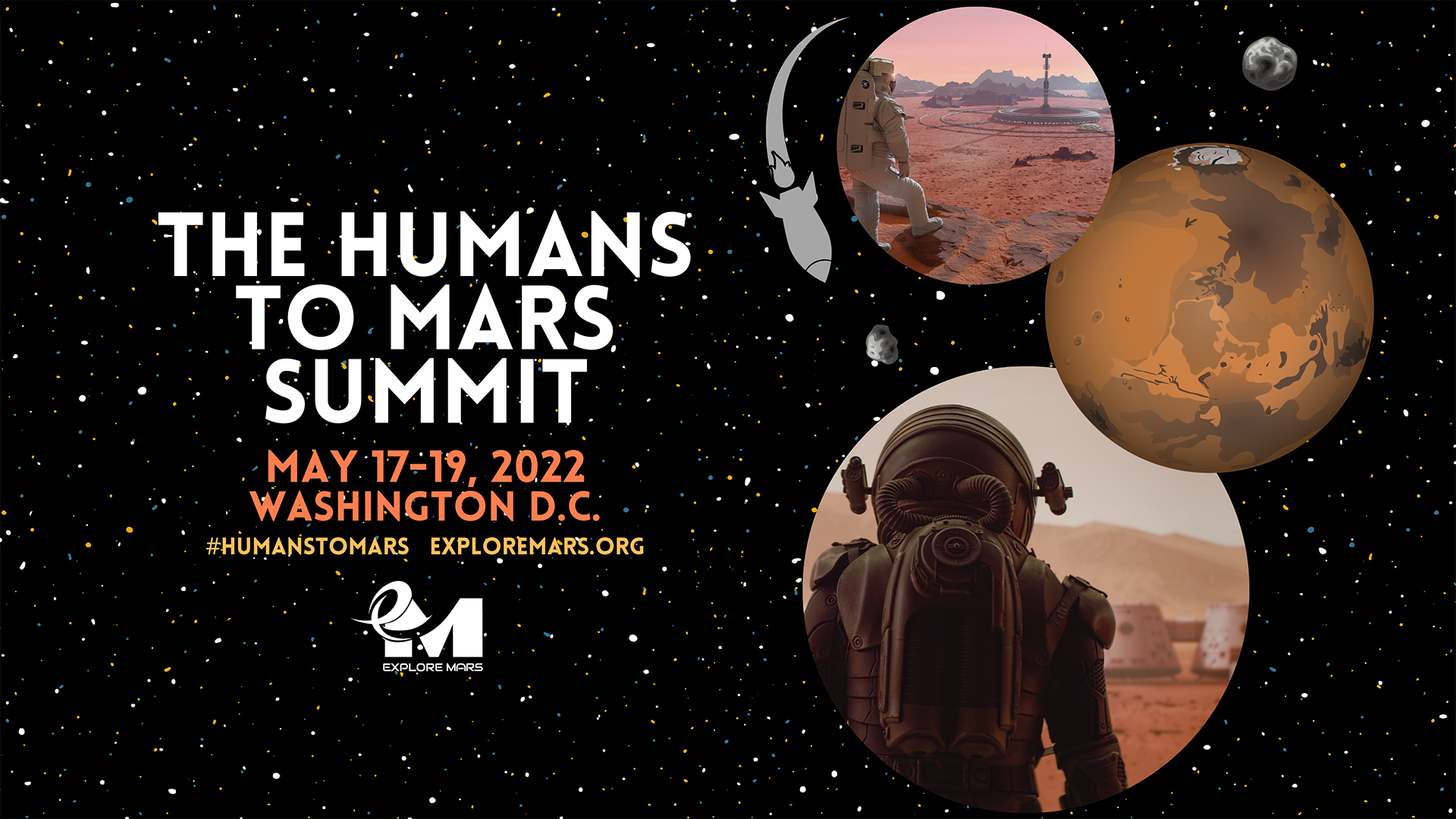
During our conversation, we repeatedly circled back to a few themes. See if they resonate with your goals, both personal and professional:
💡 Start with the right problem—and make sure it’s a real problem. Then source the elements of your solution from whatever technologies, verticals, and people can get the job done.
💡 Bring deep intentionality to the design and implementation of systems and processes. Short-term thinking has brought about the climate-change crisis. Long-term thinking is going to set the stage for humanity’s success in the coming decades, on Earth and beyond.
💡 Foster creativity and think big. It’s going to take a diversity of voices and experiences from around the world in order to achieve sustainability in whatever we do. Your contribution matters!
I’m excited to see where we go from here! I’ll be following Seldon Capital’s investments (Sidney), developments in autonomous medical robots (Axel) and 3D printed housing (Melodie), and how technologies are coming together for space exploration (Corky).
I asked our panel to answer a question that I hear all too often: “why should we spend money on Mars when we have so many problems here on Earth?”
💡 We agreed that making life better in space also benefits life on Earth. In fact, there’s no longer such a thing as a “day without space” (you’d have to say goodbye to GPS, weather forecasts, and the internet!).
Perhaps most importantly, we believe that Mars represents the next chapter in the story that humans have been telling about ourselves for millennia. It's not just about getting to Mars. It’s about who we want to be when we get there. It was an honor to spend three days surrounded by people who are building that future, today.
About Tiffany
Dr. Tiffany Vora speaks, writes, and advises on how to harness technology to build the best possible future(s). She is an expert in biotech, health, & innovation.
For a full list of topics and collaboration opportunities, visit Tiffany’s Work Together webpage.
Get bio-inspiration and future-focused insights straight to your inbox by subscribing to her newsletter, Be Voracious. And be sure to follow Tiffany on LinkedIn, Instagram, Youtube, and X for conversations on building a better future.
Donate = Impact
After a 19-day voyage to Antarctica aboard The Island Sky in November 2023, Tiffany has many remarkable stories to share & a wealth of insights to catalyze a sustainable future.
You can support her ongoing journey by making a contribution through her donation page. Your support will spread positive impact around the world, empower Tiffany to protect time for impact-focused projects, and support logistical costs for pro bono events with students & nonprofits.



